Chard leaf beet is a little-known culture in Russia. This is a big omission for gardeners. Vegetable has great nutritional value, excellent taste, has healing properties. Chard is absolutely unpretentious to the conditions of cultivation and provides a tasty and useful food ration from the beginning of winter to frost.
Table of contents
The origin and characteristics of the chard
Mangold is one of the most ancient vegetable crops. Its cultivation by man began around 2000 BC. er in the ancient Mesopotamia.Culture came to Russia in the 16th century.
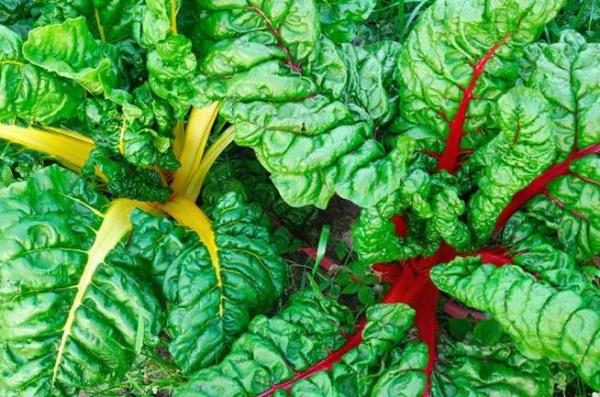
Changes in climatic and soil conditions led to the evolution of the chard root. It sounded wide, the woody tissues became juicy and fleshy. After some time, the wild forms of vegetables transformed into beets. Therefore, vegetables have similar agrotechnology, taste and food quality.
Mangold belongs to the Amaranth family and the Beet genus. Eat leaves and petioles, root of the plant is inedible. Culture is popular in Europe, USA and Japan. In private gardens of Russia is rare.
This is a biennial plant. In the first year, the roots and rosettes of leaves develop, in the second year it blooms and forms seeds. For the vegetable is characterized by large leaves with a variety of color, corrugated surface and wide petioles. To taste, petioles and leaves resemble young beets and spinach.
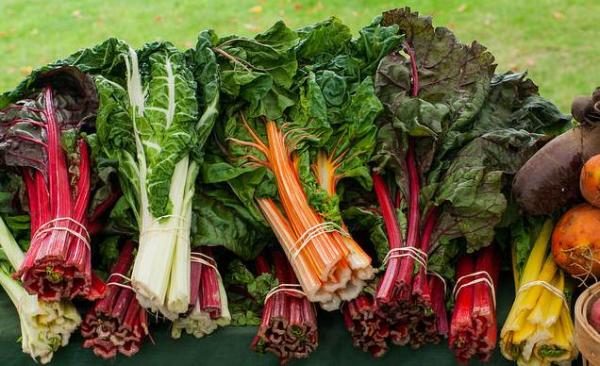
Composition and useful properties
In the leaves and petioles of chard accumulate useful substances, forming in their composition a unique biological complex.
Composition:
- vitamins: C, E, K, PP, group B, provitamin A, biotin;
- mineral elements: potassium, calcium, sodium, magnesium, phosphorus, iron, manganese, copper;
- betaine, betaxanthin;
- flavonoids: vitexin, quercetin, catechin, myricetin;
- phenolic acids: caffeic, syringic, vanilla;
- pectic substances, amino acids.
100 g of leaf beet contains 93 g of water, 3, 74 g of carbohydrates, 1.6 g of dietary fiber, 1.8 g of proteins. Energy value of 19 kcal.
For the human ration, chard is valuable for its impressive set of nutrients and fiber content that improves digestion.e. Salads, stews, cabbage rolls, vegetable soups and preserves for the winter are made from beetroot.
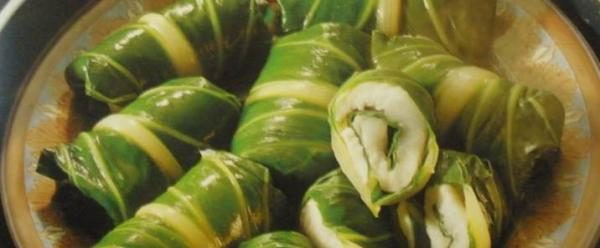
Mangold has anti-inflammatory, regenerating, hemostatic, antioxidant properties. In folk medicine, it is used to treat colds, bleeding, inflammation of the eye membranes, anemia and beriberi.
Leaf beet regulates blood sugar levels, activates brain activity and strengthens vision.
Vegetable antioxidants inhibit the effect of free radicals on healthy cells, cleanse the body of toxins. It prevents the development of cancer cells, depression of immunity and metabolic disorders.
Popular varieties
Sheet beets are not different variety of varieties. Plants of different varieties have almost identical aroma and taste, resistance to cold and drought. When choosing a variety gardeners are guided by the timing of ripening and decorative plants.
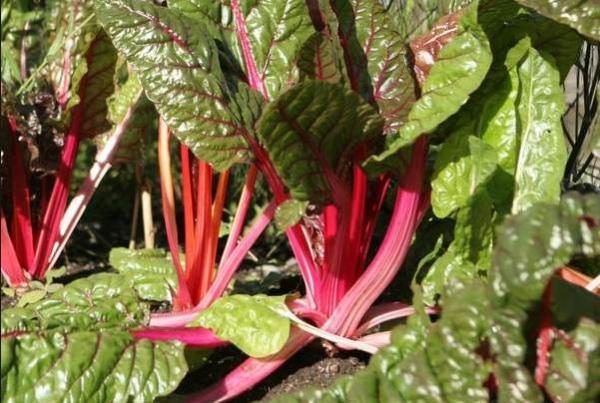
Overview of some varieties:
- Emerald. Plant with a rosette, up to 45 cm high, with medium-bubbly leaves and petioles of a light green color. Resistant to tsvetushnosti. Ripening in 35 days after germination, full harvest in 60 days. The yield of 5-7 kg per 1 m2.
- Bride. Rosette plants up to 60 cm tall, leaves are dark green, light stalks with a golden tint. The variety is relatively resistant to drought and cold.The first harvest 55 days after germination. Productivity from a plant - 1 kg.
- Ruby. Plant with bright red petioles and streaks on the leaf plate, vertical rosette up to 45 cm in height. Ripening leaves 40 days after germination, mass cleaning after 80 days. Productivity of 1 plant to 1,5 kg.
Popular with gardeners are varieties: Lukullus, Argentat, Belovinka, Brazilian, Volcano, Kinky and Spinach.
Chard rearing
Leaf beet belongs to relatively cold-resistant plants. Young shoots are able to withstand t -2-3 ° C, die at t -4 ° C. Adult plants are able to withstand short-term cold to -7 ° C. In the southern regions, the roots of the plant are well preserved in winter, and in spring they give fresh shoots. In the conditions of the middle zone of the Russian Federation and Siberia, the crop is grown as an annual plant.
Sowing seeds

It is rational to grow leaf beets by sowing seeds in open ground. Seeds germinate well when the soil warms up to + 5 ° С- + 7 ° С.Depending on the region, they can be sown at the beginning or in the middle of May.
The soil for chard is prepared in the fall. An unshadowed plot is chosen, ideally, if tomatoes, cucumbers, carrots, onions or potatoes are grown on it. Culture can not be planted after beets or spinach.
The site is dug up, the remains and roots of predecessors are removed. Per 1 m2 contribute:
- rotted manure 5 kg;
- superphosphate 20 g;
- potassium chloride 15 g
In the spring, shallow loosening is carried out, introducing 10 g of ammonium sulphate per 1 m2.
For the best germination, seeds are kept in a growth stimulator (Zircon, Epin) for 2 hours. Seeds are sown to a depth of 2 cm in one line, leaving an interval between rows of 35 cm. After sowing, the surface of the furrows is mulched with peat and watered. Seed consumption per 1 m2—1 g.
Shoots appear in 7-10 days. Prior to that, monitor soil moisture.
Important! For quicker harvest and time savings during the period of spring work, leaf beets can be sown before winter. Sowing of seeds is carried out at lowering t to + 5 ° С. The bed surface is mulched with peat or rotted humus layer of 3-5 cm.
Care for leaf beets
Mangold is watered at the root as the earthen coma dries, in dry weather almost every day.Hardened soil loosened, removing weeds.
The first thinning is carried out after the appearance of two true sheets. Between plants leave a distance of 15 cm. After 2 weeks, thin out again, leaving a distance of 40 cm.
10 days after the last thinning, the plants start feeding every 10-12 days.. To do this, use organic and mineral fertilizers.
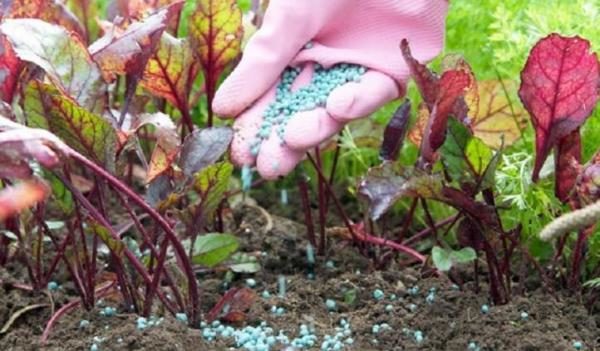
Options:
- mullein solution 1: 10;
- chicken litter solution 1: 20;
- Kemira Universal;
- nitrophosphate solution 50 g / 10 l.
Fertilizers are applied only after abundant watering with an average consumption of 1 l per plant. For the replacement of mineral fertilizers, wood ash 150 g per 1 m2 can be used. It is simply scattered on the surface of the soil before loosening and watering.
Harvesting and storage of the crop
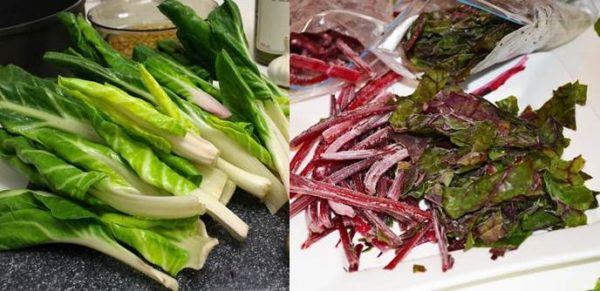
Cut off leafy varieties of chard begin after the development of 5-7 leaves, and petiolate in the phase of 10-12 leaves. The stalks and leaves are harvested during the summer, cutting 3-4 pieces from the outside of the outlet at a height of 3 cm from the soil level.
The final harvesting is carried out before long frosts in mid-October.. For storage, cut leaves are laid in wooden boxes in a thin layer. Sheet beets at t 0 ° C can only be stored for 7 days. The only method of long-term storage is freezing.
Chard successfully combines decorative, nutritional and therapeutic properties. And this with minimal care. It is not surprising that leaf beets are gradually gaining popularity among Russian gardeners, and have practically no negative reviews.
